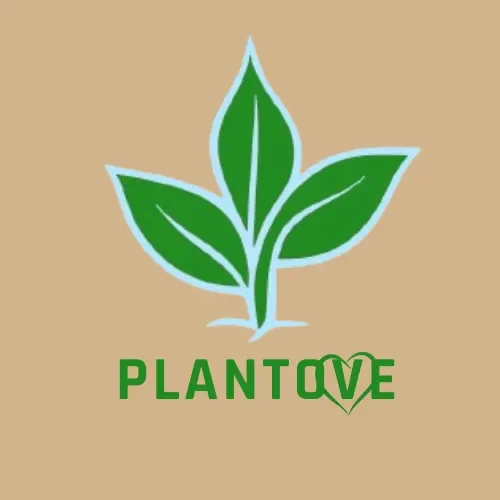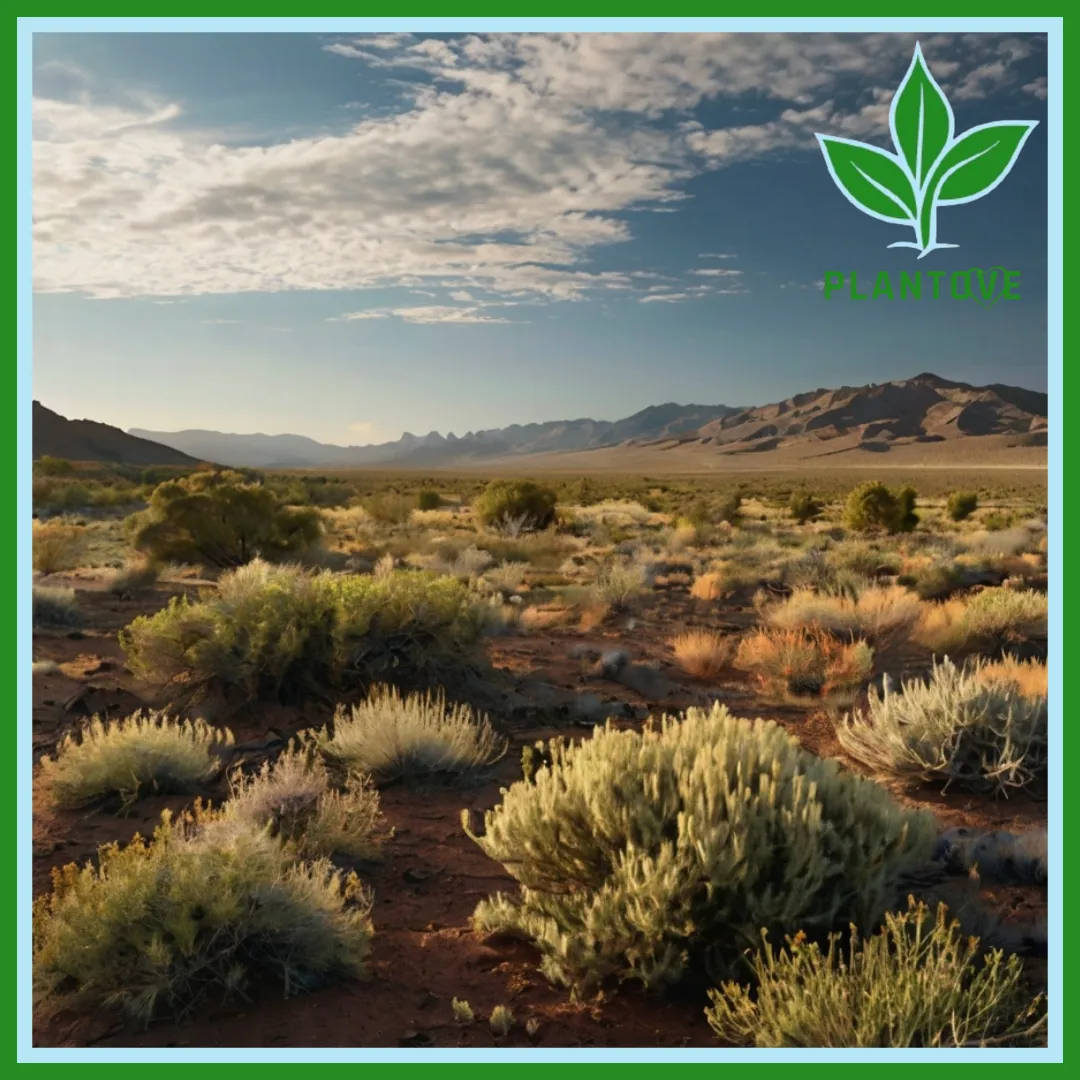Plants have always fascinated people with their diverse forms, functions, and adaptability. Among the wide variety of plant types, one often hears about shrubs or bushes. But what about scrubs? Are there plants referred to as scrubs? If so, what makes them unique? This article will explore the nature of scrubs, the environments they thrive in, and their role in ecosystems.
What Are Scrubs?
Scrubs don’t refer to a specific plant species but rather to a type of vegetation. Many people associate the term “scrub” with low-growing woody plants that inhabit regions with harsh climates, poor soil quality, or areas prone to environmental stresses like fires. Additionally, scrubs thrive in arid or semi-arid regions and include a mix of drought-resistant species. Unlike the denser growth seen in forests, scrubland vegetation tends to be sparse, with plants spread out over the terrain.
Types of Plants Found in Scrublands
Though no individual plant species is exclusively labeled as a “scrub,” several plants contribute to what we call scrub vegetation. These species tend to be hardy, resilient, and highly adaptable. For example, some common plants in scrublands include:
- Shrubs: Shrubs are the primary plants in scrubs. Sagebrush, manzanita, and juniper are common examples found in arid regions. These shrubs grow close to the ground, helping them conserve water and reduce competition with other plants.
- Cacti: In areas like the American Southwest, scrublands often include cacti such as the saguaro cactus or prickly pear. These plants store water in their thick stems, making them well-suited to dry conditions.
- Grasses: Scrublands sometimes feature drought-resistant grasses with deep root systems that allow them to survive in poor soil and minimal rainfall.
- Succulents: Succulents like aloe vera and agave often coexist with other scrubland vegetation. These plants store moisture in their leaves and stems, helping them endure long periods without rain.
- Small Trees: Although scrublands primarily contain low-growing vegetation, small trees like mesquite or acacia also thrive in these regions. These trees often appear in isolated patches, unlike the dense forests seen in more fertile environments.
Key Characteristics of Scrubland Plants
Scrubland plants are uniquely adapted to harsh conditions. They share several traits that make them well-suited to survive in difficult environments:
- Drought Tolerance: These plants can survive with minimal water. For instance, some have thick, waxy leaves or stems that retain moisture. Others possess deep root systems that draw water from underground sources.
- Fire Resistance: Scrublands often face wildfires. To combat this, many scrubland plants have developed thick bark or underground root systems, allowing them to regenerate after fires.
- Low Nutrient Requirements: Scrubland plants don’t need much to survive. Many grow in poor soils and have developed symbiotic relationships with fungi or bacteria to extract the limited nutrients available.
- Strategic Spacing: Scrubland plants grow spaced out, reducing competition for water and nutrients. This strategy increases their chances of survival in a harsh environment.
Where Are Scrubs Found?
Scrublands exist worldwide, typically in areas with challenging environmental conditions. For example, well-known scrubland ecosystems include:
- Mediterranean Scrub: Found in regions like Southern Europe, parts of Australia, and California, Mediterranean scrublands experience hot, dry summers and mild, wet winters. Shrubs, grasses, and drought-resistant trees thrive in these environments.
- Desert Scrub: In arid places such as the American Southwest or the deserts of Northern Africa, desert-adapted plants dominate. Cacti, succulents, and hardy shrubs are key features of desert scrublands.
- Tropical Scrub: Tropical scrublands exist in regions like Brazil or parts of Africa, where they endure dry seasons. Drought-tolerant trees, shrubs, and grasses make up the bulk of tropical scrub vegetation.
- Temperate Scrub: Temperate scrublands, like those in parts of Central Asia or the interior of the United States, are characterized by cold winters and hot summers. The plants in these regions adapt to both temperature extremes.
The Ecological Benefits of Scrublands
Despite their seemingly barren appearance, scrublands offer significant ecological benefits. Notably, these ecosystems play a critical role in biodiversity, soil stability, and carbon sequestration:
- Biodiversity: Scrublands support a wide variety of plant and animal species. Wildlife such as birds, insects, and larger mammals rely on these plants for food and shelter.
- Erosion Control: Many scrubland plants have deep roots, which stabilize the soil and prevent erosion. This trait is especially crucial in arid regions, where heavy rains can easily wash away loose soil.
- Water Conservation: Scrubland plants help conserve water in their ecosystems. Their ability to store moisture ensures they contribute to the water cycle and maintain the region’s ecological balance.
- Carbon Sequestration: Although scrublands don’t sequester as much carbon as dense forests, they still absorb carbon dioxide from the atmosphere, helping mitigate climate change.
Threats to Scrubland Ecosystems
While scrubland plants are resilient, their ecosystems face increasing threats. Human activities such as urbanization, agriculture, and climate change present significant challenges to scrublands:
- Urbanization: Expanding cities and towns often encroach on scrubland areas, leading to habitat destruction. As scrublands disappear, so too do the unique species that depend on them.
- Agriculture: In many parts of the world, scrublands are cleared to make way for agricultural development. This process degrades the soil and reduces biodiversity.
- Climate Change: Rising global temperatures and unpredictable weather patterns threaten scrubland ecosystems. More frequent droughts, wildfires, and extreme weather events can harm these fragile environments.
Conserving Scrublands
To protect scrublands, conservation efforts must focus on sustainable land use, restoration, and creating protected areas. Initiatives like restoring degraded scrublands and setting aside reserves help preserve these unique ecosystems. Moreover, promoting sustainable practices in agriculture and urban development ensures that scrublands remain intact for future generations.
Conclusion
In conclusion, while there may not be a specific plant species referred to solely as “scrubs,” the plants that make up scrubland ecosystems play a vital role in the environment. From resilient shrubs and succulents to drought-resistant trees and grasses, these plants contribute to the biodiversity and stability of scrublands. As human activities and climate change continue to threaten these ecosystems, it becomes increasingly important to recognize the value of scrublands and take steps to protect them.

